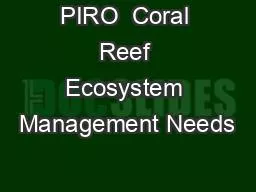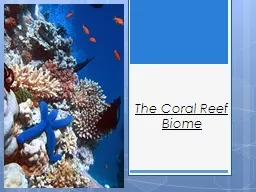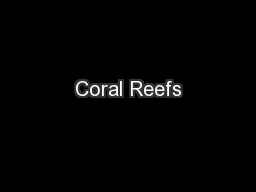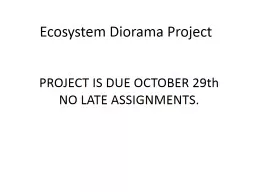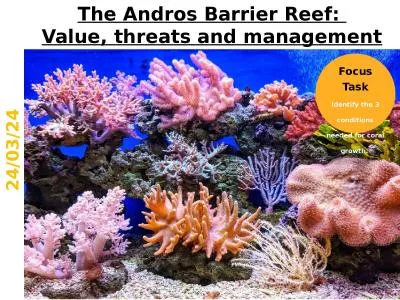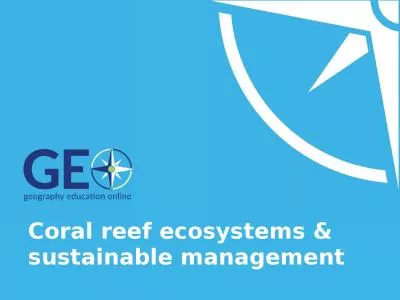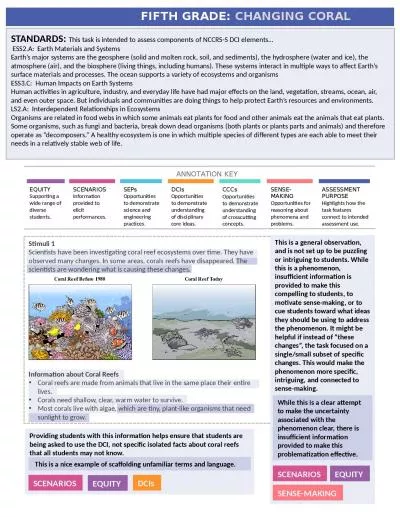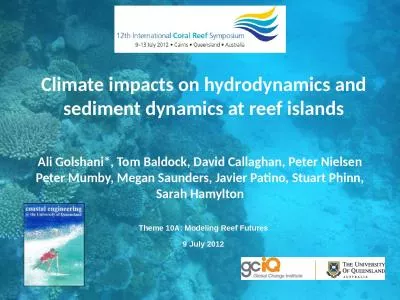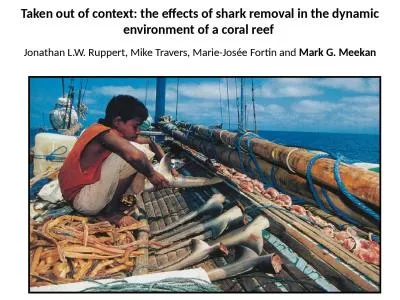PPT-PIRO Coral Reef Ecosystem Management Needs
Author : kampsta | Published Date : 2020-08-04
Gerry Davis PIRO Habitat ARA PIFSC External Review April 2016 Management Uses of PIFSC Data to date Showed resource status linkage to human population densities
Presentation Embed Code
Download Presentation
Download Presentation The PPT/PDF document "PIRO Coral Reef Ecosystem Management Ne..." is the property of its rightful owner. Permission is granted to download and print the materials on this website for personal, non-commercial use only, and to display it on your personal computer provided you do not modify the materials and that you retain all copyright notices contained in the materials. By downloading content from our website, you accept the terms of this agreement.
PIRO Coral Reef Ecosystem Management Needs: Transcript
Download Rules Of Document
"PIRO Coral Reef Ecosystem Management Needs"The content belongs to its owner. You may download and print it for personal use, without modification, and keep all copyright notices. By downloading, you agree to these terms.
Related Documents

